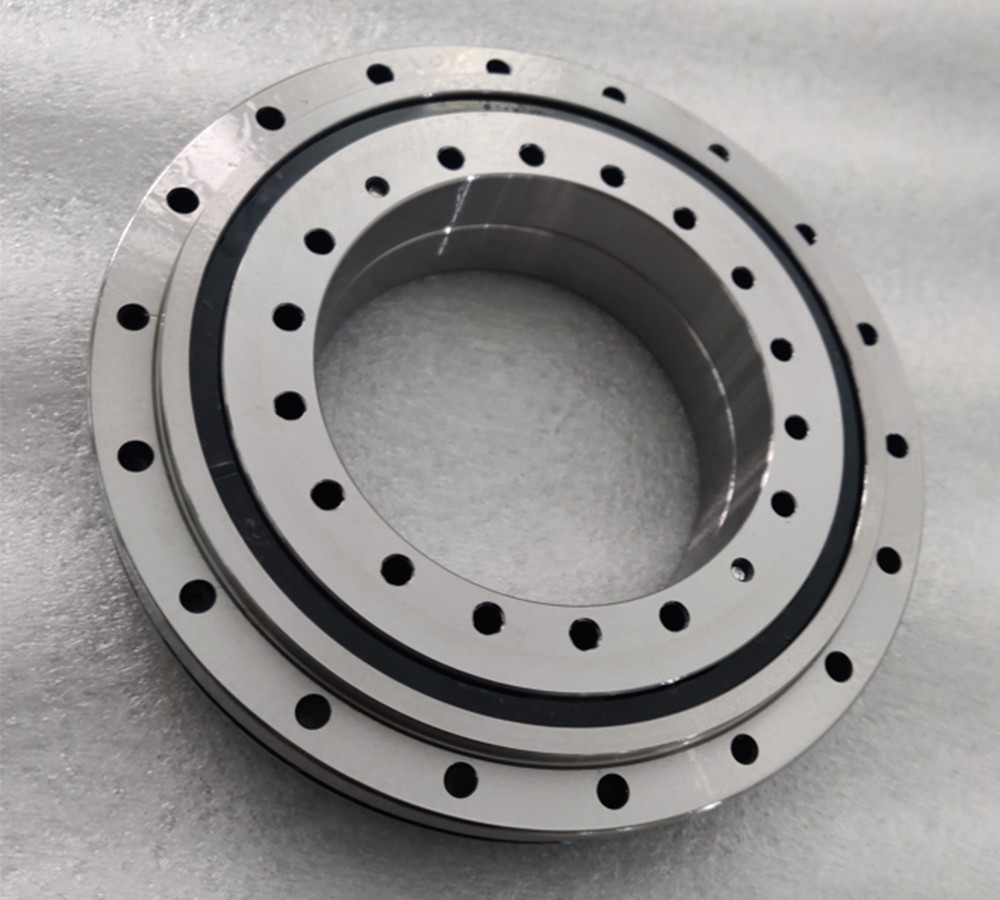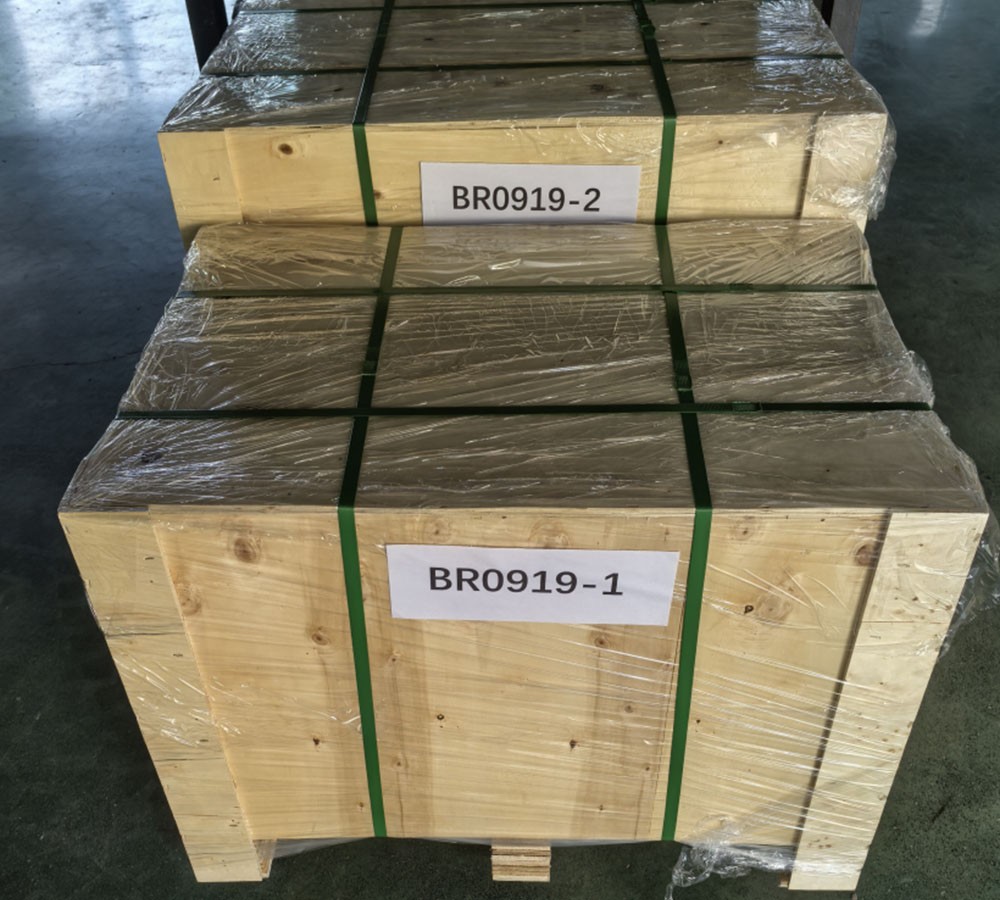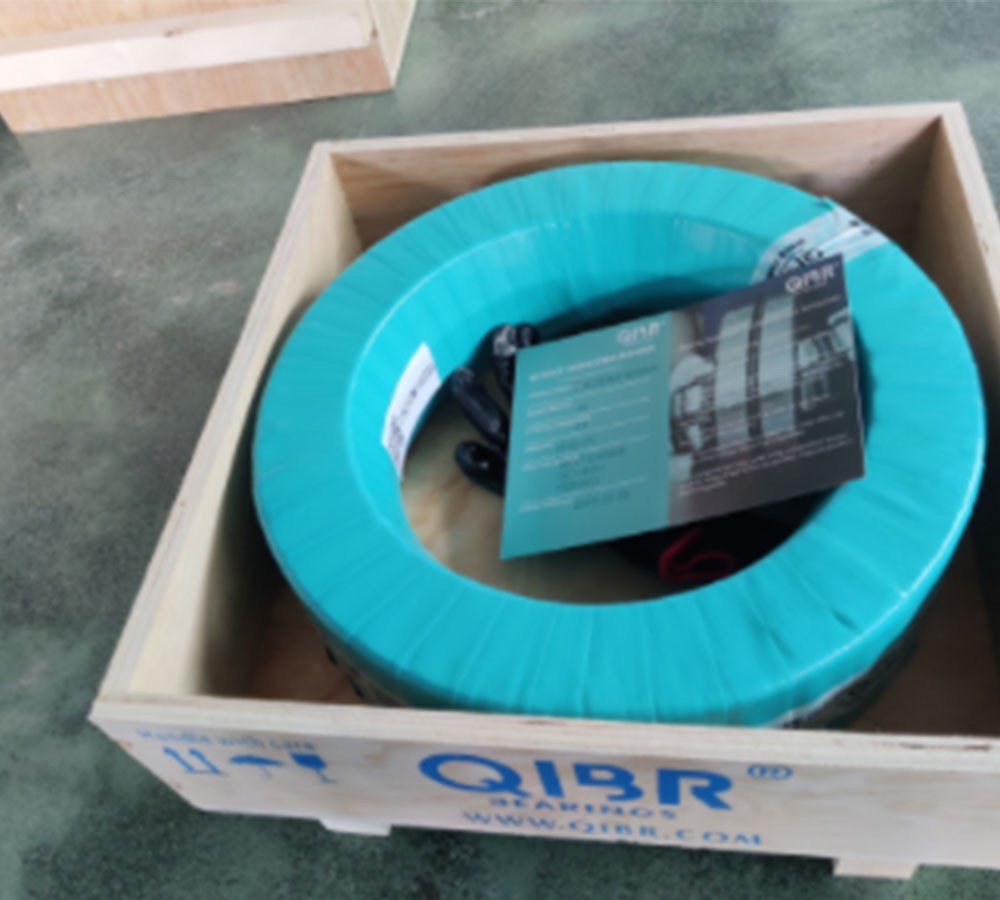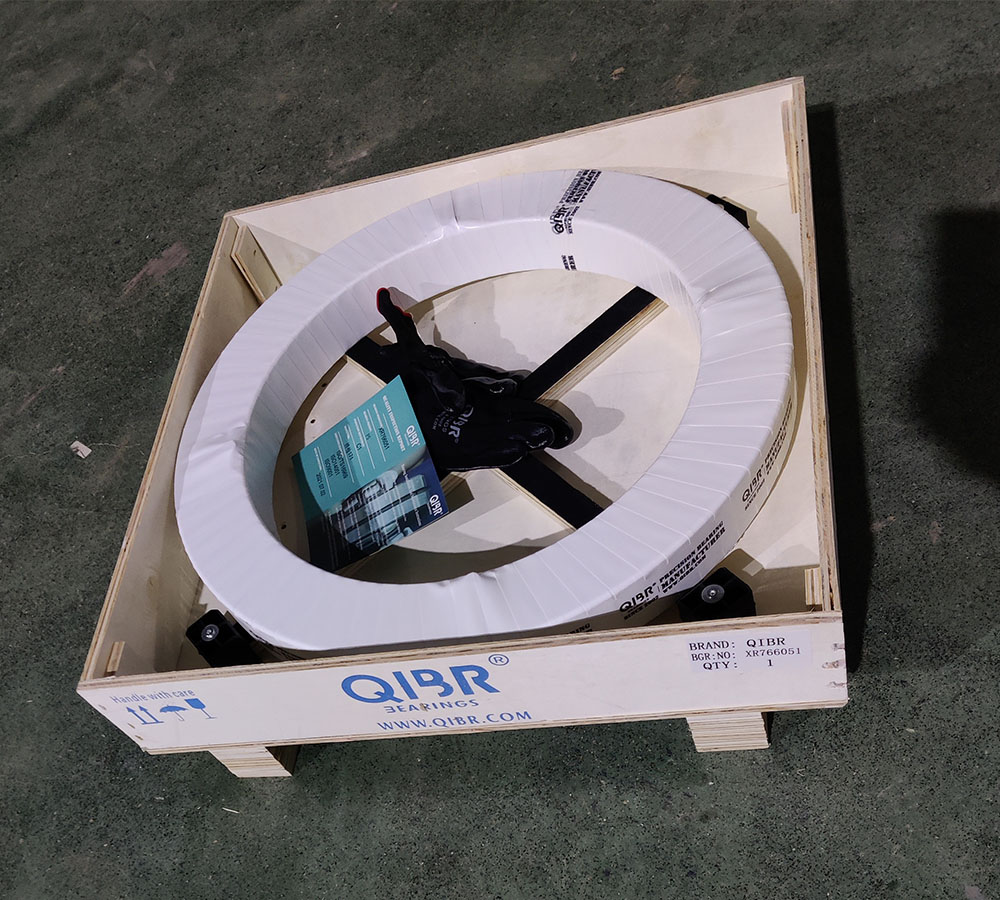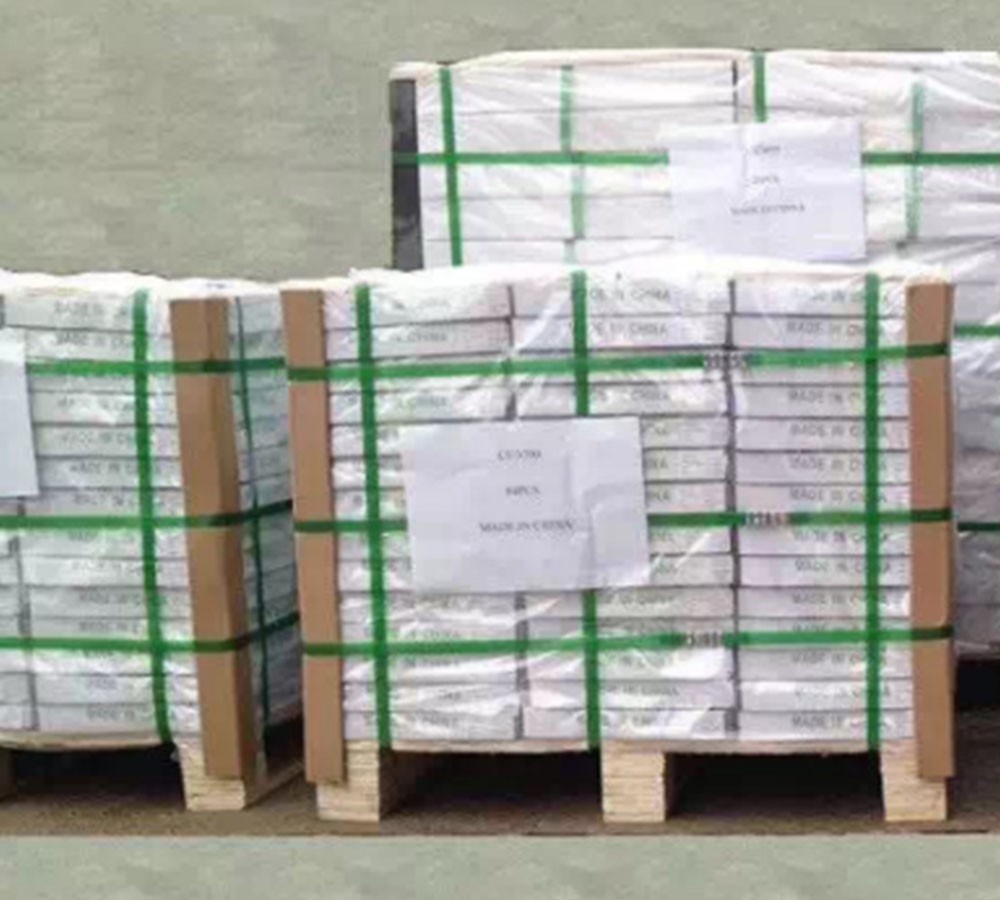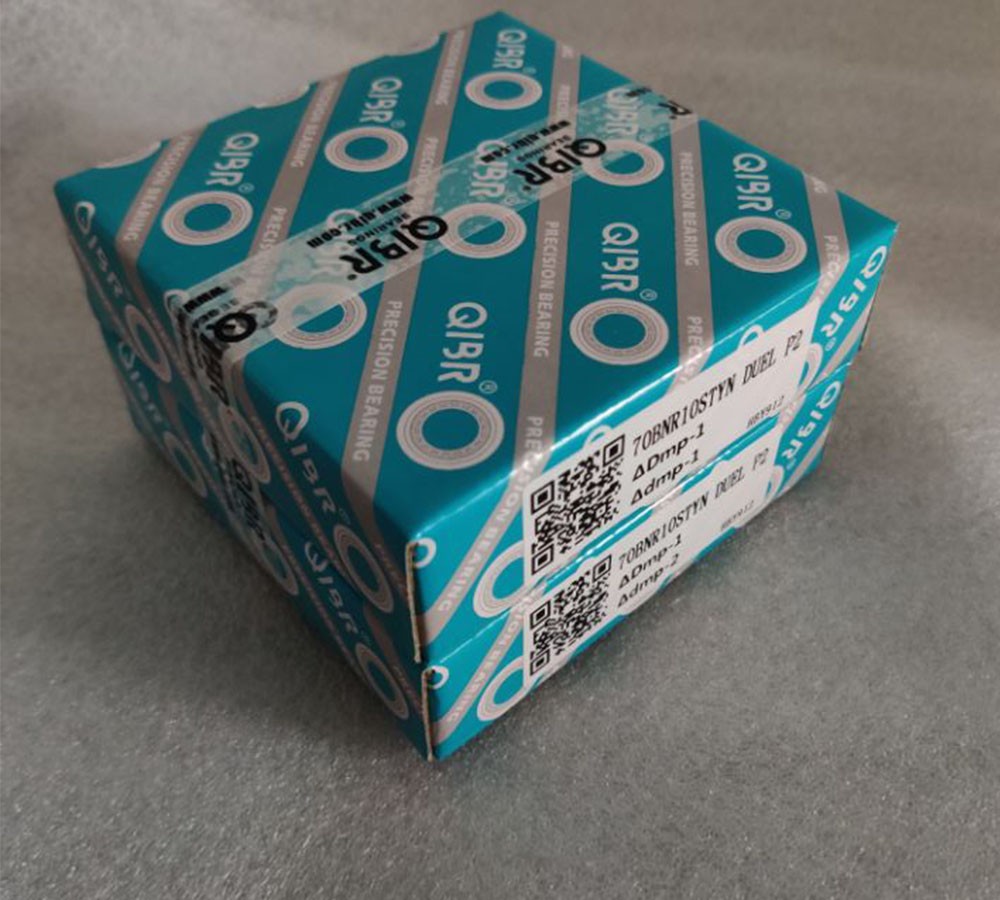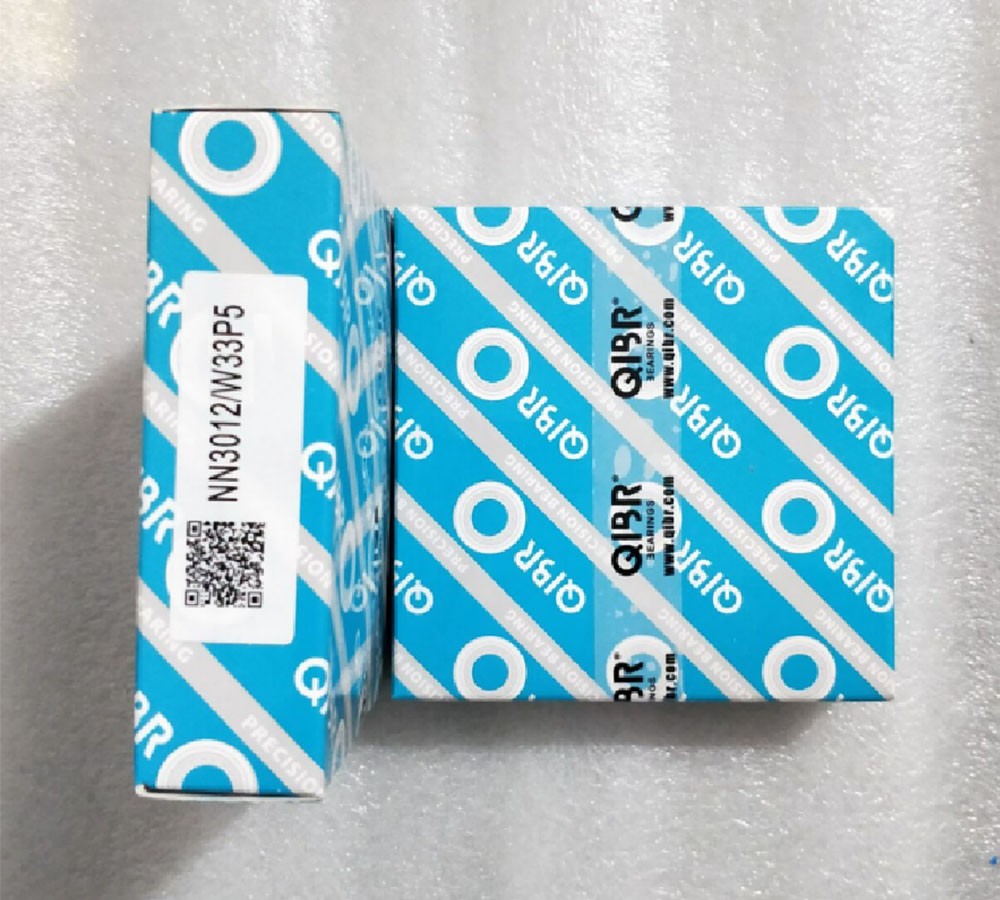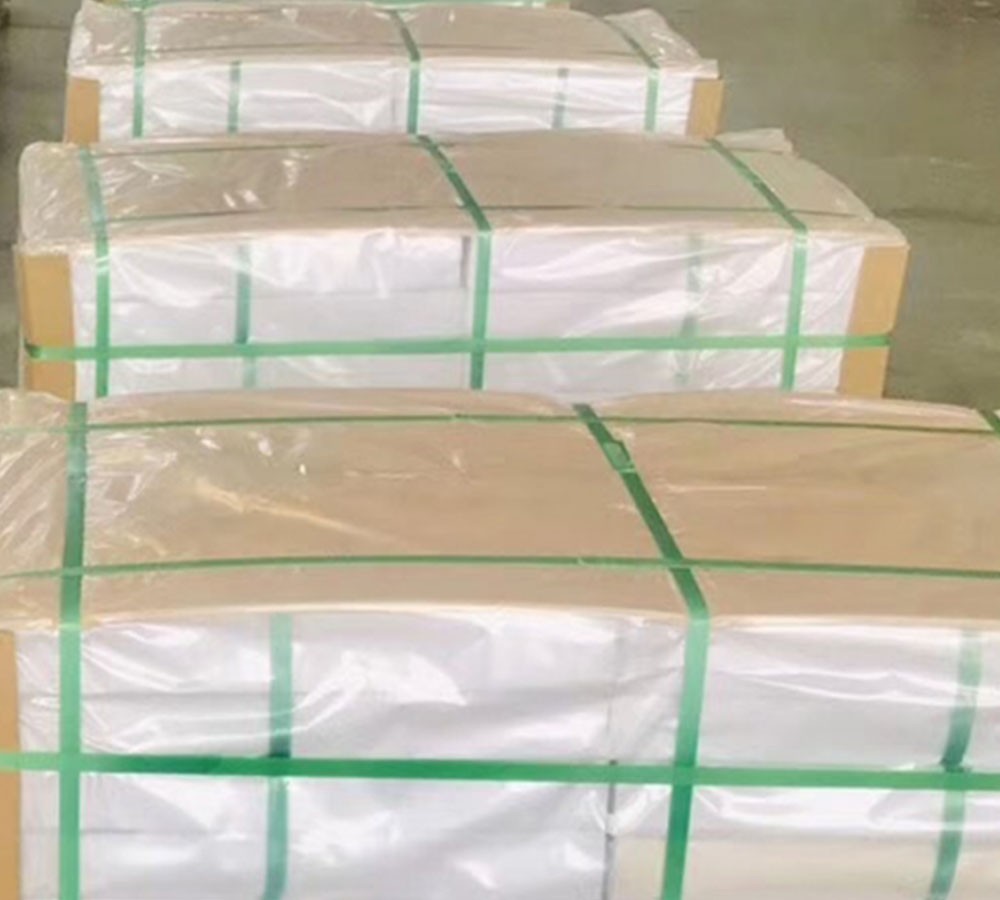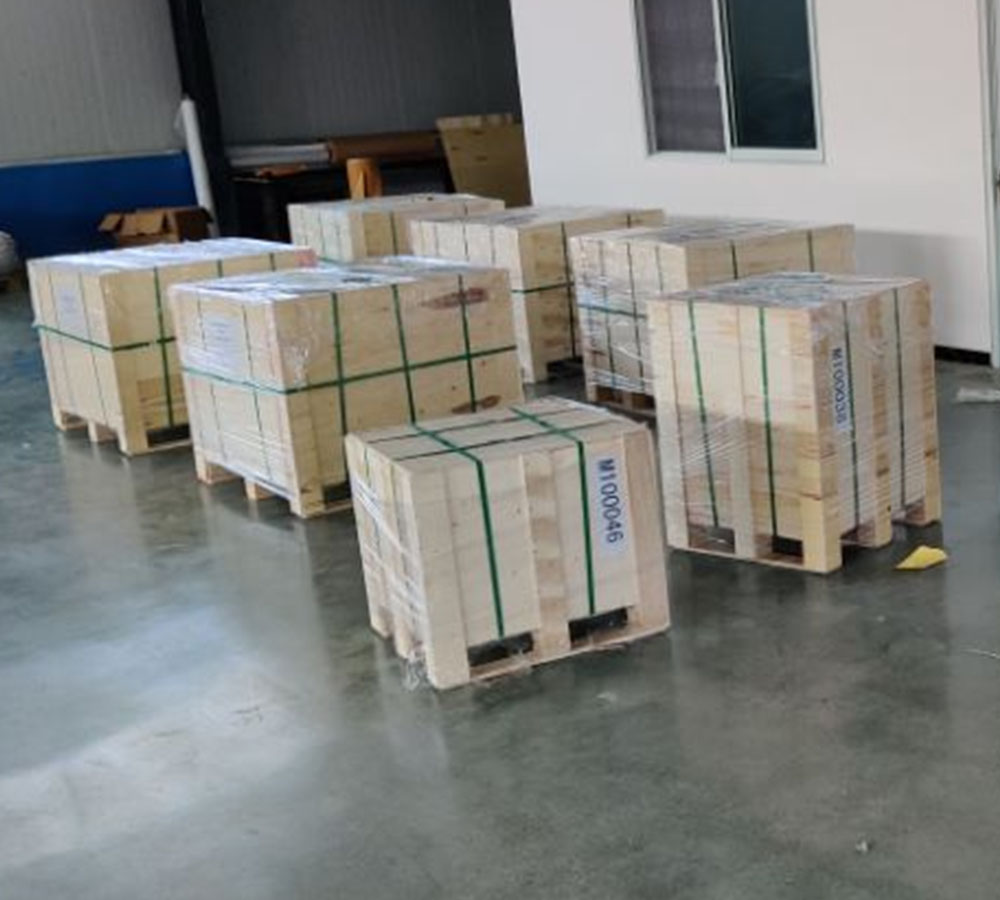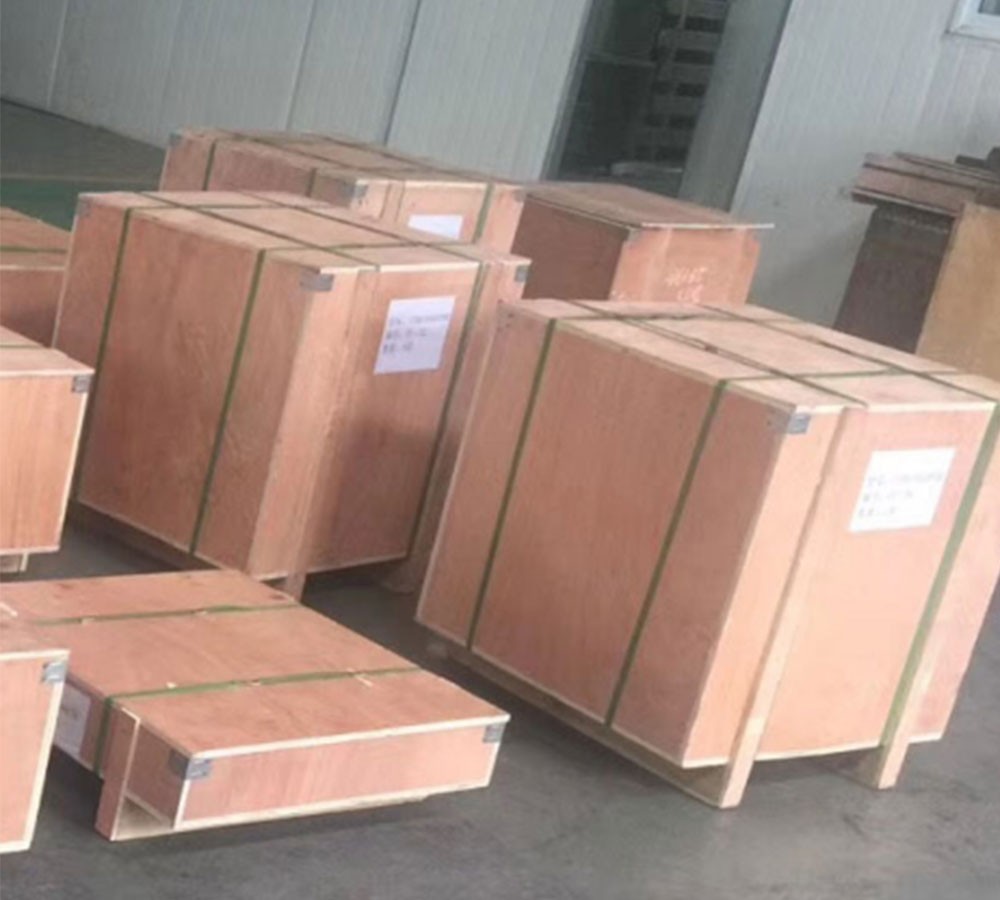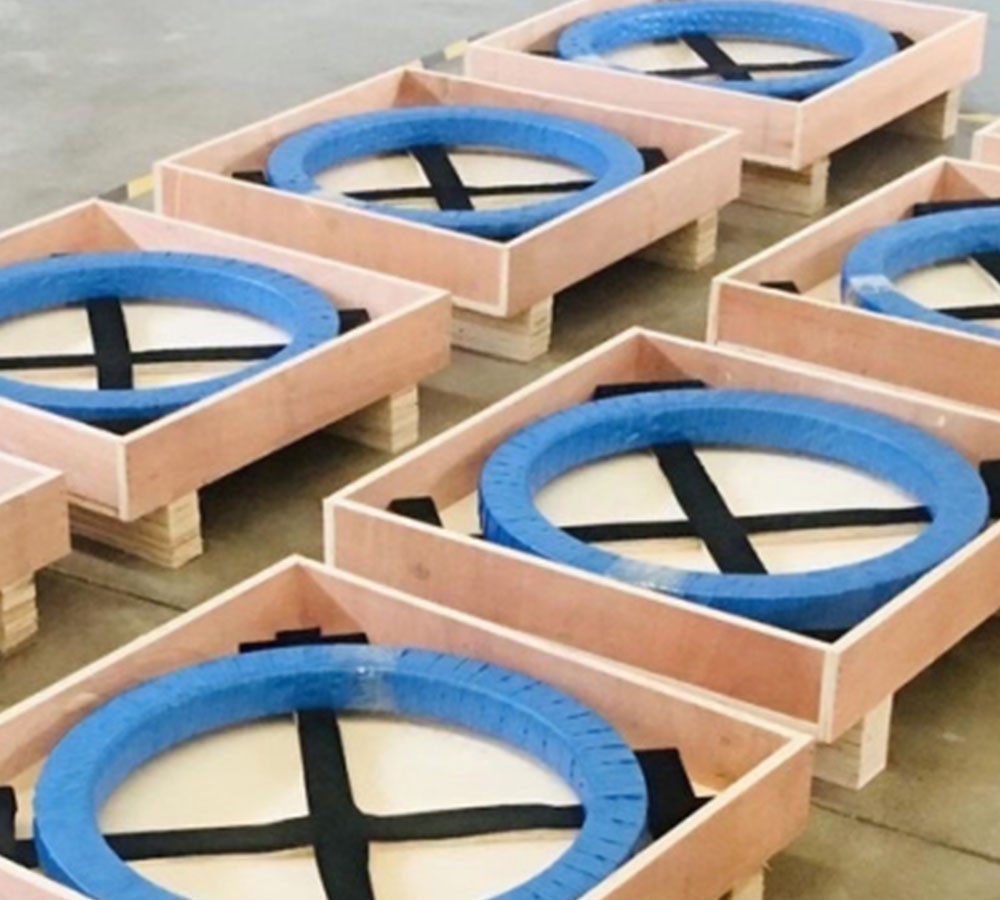QIBR Slewing Bearing Delivered to Porto, Portugal, Enhancing Stability and Load Capacity in Railway Switch Rotation Devices
- Continent
- Europe
- Country
- Portugal
- Date
- 2016-06-08
- Categories
-
Slewing Bearing
- Applications
- Railway Switch Rotation Device
Products Used
slewing bearing
1. Strong load-carrying capacity: The ZKLDF325 slewing bearing can withstand significant axial, radial, and tilting moment loads simultaneously. Railway switches require smooth rotation under high loads, and the ZKLDF325 slewing bearing effectively distributes these loads, ensuring reliable operation of the switch. This guarantees the stability and safety of the railway switch when trains pass through.
2. Precision: The ZKLDF325 slewing bearing is manufactured with precision processing technology, ensuring high rotational accuracy during operation. It reduces vibration and wear, enhancing overall stability and processing accuracy for precise positioning. This ensures the safe passage of trains and minimizes errors.
3. Wear and Corrosion Resistance: Railway switches are often exposed to harsh environments. The ZKLDF325 slewing bearing is made from high-strength, wear-resistant materials and undergoes heat and surface treatments to improve hardness and wear resistance, effectively preventing wear.
Additional Notes:
The Portuguese customer decided to purchase QIBR's ZKLDF325 slewing bearing to enhance the stability and load capacity of their railway switch rotation device. The ZKLDF325 slewing bearing is manufactured with advanced production techniques, ensuring superior performance even under high load and high-speed conditions. Through precise calculations and simulations, the bearing's wear resistance, corrosion resistance, and impact resistance have been significantly improved. QIBR implements a strict quality control system during production, ensuring consistent high quality of the ZKLDF325 slewing bearing. Using new alloy materials and surface treatment technologies, the bearing’s durability and load capacity are enhanced, meeting the stringent requirements for stability and load capacity in railway switches.

